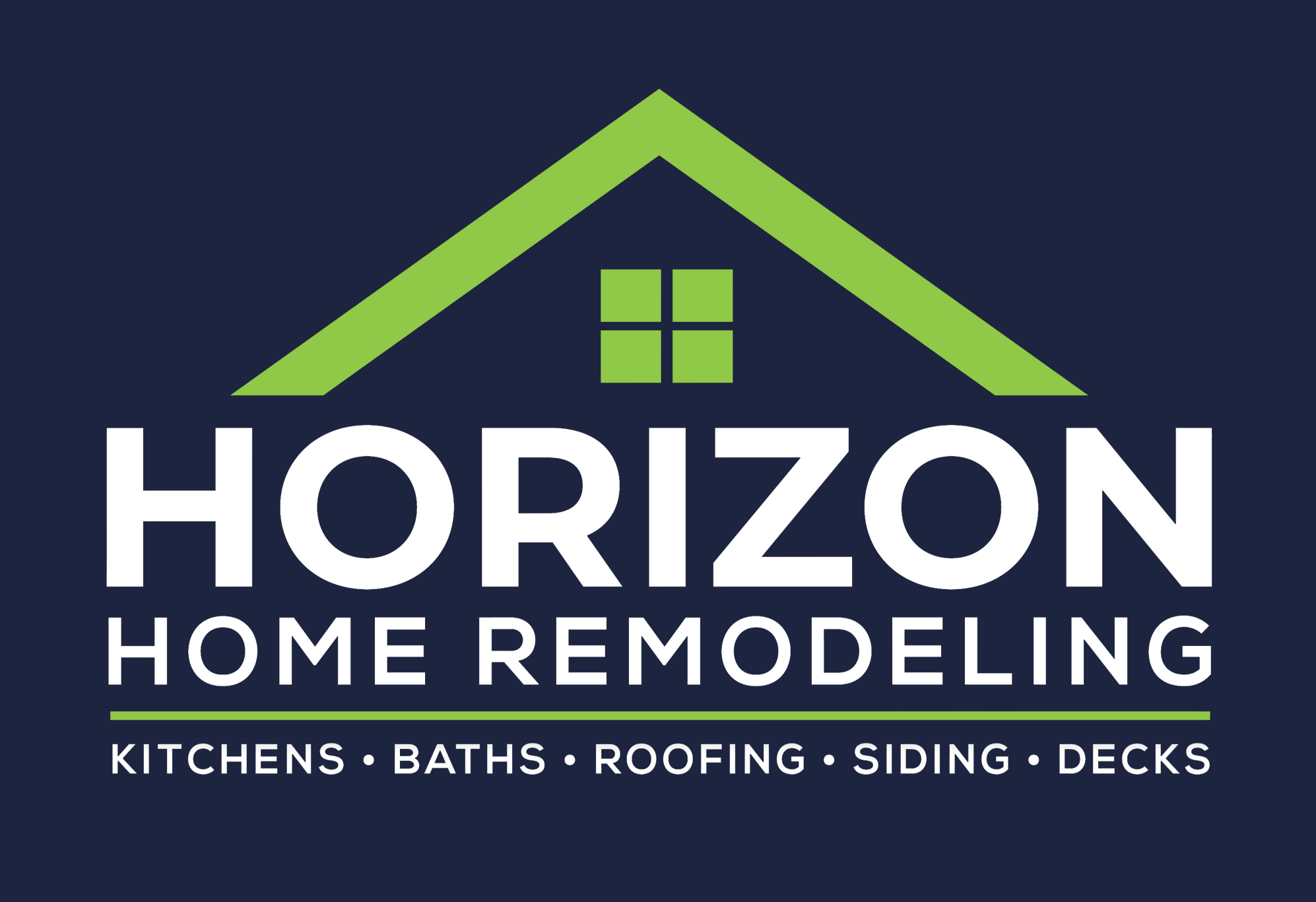Flat roofs have gained popularity in modern architecture, offering unique aesthetic benefits and functional advantages. Whether you’re building a new home or considering renovations, understanding the various flat roofing options is essential for making informed decisions. This comprehensive guide explores the different types of flat roofs, their materials, benefits, and considerations to help you choose the best roofing type for your home.
Understanding Flat Roofs
Flat roofs are defined by their minimal slope, typically less than 10 degrees. While many homeowners gravitate towards traditional angled roofs, flat roofs provide a contemporary look and versatile space utilization. They are commonly found in commercial buildings but are increasingly seen in residential designs.
Benefits of Flat Roofs
Flat roofs offer several advantages that make them attractive for modern homeowners:
- Cost-Effective: Generally, flat roofs are less expensive to install and maintain than pitched roofs, making them a budget-friendly option.
- Extra Space: Flat roofs can serve as rooftop gardens, patios, or decks, providing additional living or recreational space.
- Easier Access: Their level surface allows for simpler maintenance and repair work compared to steeply sloped roofs.
- Modern Aesthetics: They lend a sleek, modern look to contemporary homes, allowing for innovative architectural designs.
Types of Flat Roofs
There are several types of flat roofing systems, each with unique materials and characteristics. Here are the most common options:
1. Built-Up Roofing (BUR)
Built-up roofing is the traditional choice for flat roofs, composed of multiple layers of asphalt and felt, topped with a protective layer. It’s known for its durability and weather resistance.
- Advantages:
- Long lifespan (around 20-30 years)
- Good waterproofing capability
- Low maintenance requirements
- Disadvantages:
- Heavy weight which may require additional structural support
- Heat absorption can lead to higher energy costs
2. Modified Bitumen Roofing
This type of roofing is an evolution of BUR and features a flexible, rubber-like material. Modified bitumen is applied with heat, making it an ideal choice for flat roofs in colder climates.
- Advantages:
- Flexibility and durability
- Resistant to UV rays and extreme temperatures
- Easy installation and maintenance
- Disadvantages:
- Can be more expensive than BUR
- Potential for seams to weaken over time
3. EPDM (Ethylene Propylene Diene Monomer)
EPDM is a synthetic rubber roofing membrane popular for its longevity and ease of installation. It is especially well-suited for residential and commercial properties.
- Advantages:
- Long lifespan (up to 50 years)
- Excellent weather resistance and UV stability
- Low maintenance needs
- Disadvantages:
- Installation can require professional help
- Dark color may absorb heat, increasing cooling costs
4. TPO (Thermoplastic Polyolefin)
TPO roofing has grown popular over the past few decades due to its energy efficiency and reflectivity. It’s a single-ply membrane ideal for flat roofs.
- Advantages:
- Highly reflective, reducing cooling costs
- Environmentally friendly (often made from recycled materials)
- Customizable and easy to install
- Disadvantages:
- Can be prone to punctures if not installed correctly
- Requires professional installation for optimal performance
5. PVC (Polyvinyl Chloride)
PVC roofing is known for its durability and flexibility, making it suitable for both commercial and residential properties. It’s often used in areas with harsh weather conditions.
- Advantages:
- Excellent resistance to water and chemicals
- Long-term performance and life expectancy (up to 30 years)
- Reflective surface helps reduce cooling costs
- Disadvantages:
- Higher initial costs compared to other options
- Can be subject to shrinkage and seam issues
Choosing the Right Flat Roof Type for Your Home
Selecting the best flat roofing material hinges on various factors, including your climate, budget, and aesthetic preferences.
Consider Your Climate
Understanding your local climate can significantly influence your roofing choice:
- Cold Climates: Opt for modified bitumen or EPDM for their superior flexibility and insulation properties.
- Hot Climates: TPO and PVC are excellent options due to their reflective properties, reducing heat absorption.
- Wet or Humid Climates: BUR and PVC can provide reliable waterproofing and moisture resistance.
Evaluate Your Budget
Cost is a significant factor in your decision-making process. Here’s how different materials generally rank:
- BUR: Moderate initial cost, but long lifespan offers good value.
- Modified Bitumen: Slightly higher upfront cost, but durability pays off.
- EPDM: Mid-range pricing with outstanding longevity.
- TPO and PVC: Higher initial investments offering excellent energy savings and performance.
Case Studies and Real-World Applications
To better understand how these roofing types perform in practice, consider the following case studies:
Case Study 1: Eco-Friendly Home with TPO Roof
A homeowner in Phoenix, Arizona, opted for TPO roofing due to its reflective capabilities and energy efficiency. After installation, they reported a 20% reduction in cooling costs over the summer months, highlighting TPO’s effectiveness in combating high temperatures.
Case Study 2: Urban Rooftop Garden with EPDM Roof
A Chicago residence transformed their flat roof into a rooftop garden with an EPDM system that provided both waterproofing and insulation. The family enjoys recreational space while benefiting from energy savings in the colder months.
Installation and Maintenance Tips
Proper installation and maintenance are crucial for maximizing the lifespan of your flat roof.
- Hire Professional Installers: Unless you are experienced, hiring professionals ensures the roofing system is installed correctly, preventing leaks and future issues.
- Regular Inspections: Schedule annual inspections to identify potential problems early. Look for cracks, bubbling, or pooling water.
- Keep it Clean: Regularly clear debris, leaves, and snow to prevent water buildup, which can lead to leaks and structural damage.
Conclusion: Making the Right Choice for Your Flat Roof
Flat roofs offer diverse options suited for various climate conditions, budget requirements, and aesthetic preferences. From built-up roofing and modified bitumen to EPDM, TPO, and PVC, each material comes with unique benefits and drawbacks.
Consider your local climate, budget constraints, and intended use of the flat roof when selecting the best type for your home. Regular maintenance and proper installation will ensure that your flat roof remains a functional and attractive part of your home for years to come.
Ultimately, understanding these factors and making an informed choice will ensure your flat roof serves its purpose effectively while enhancing your property’s value and appeal.



